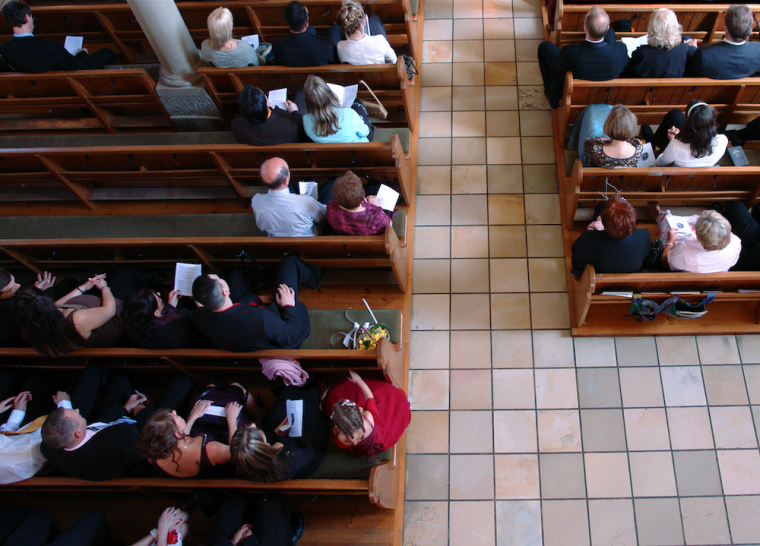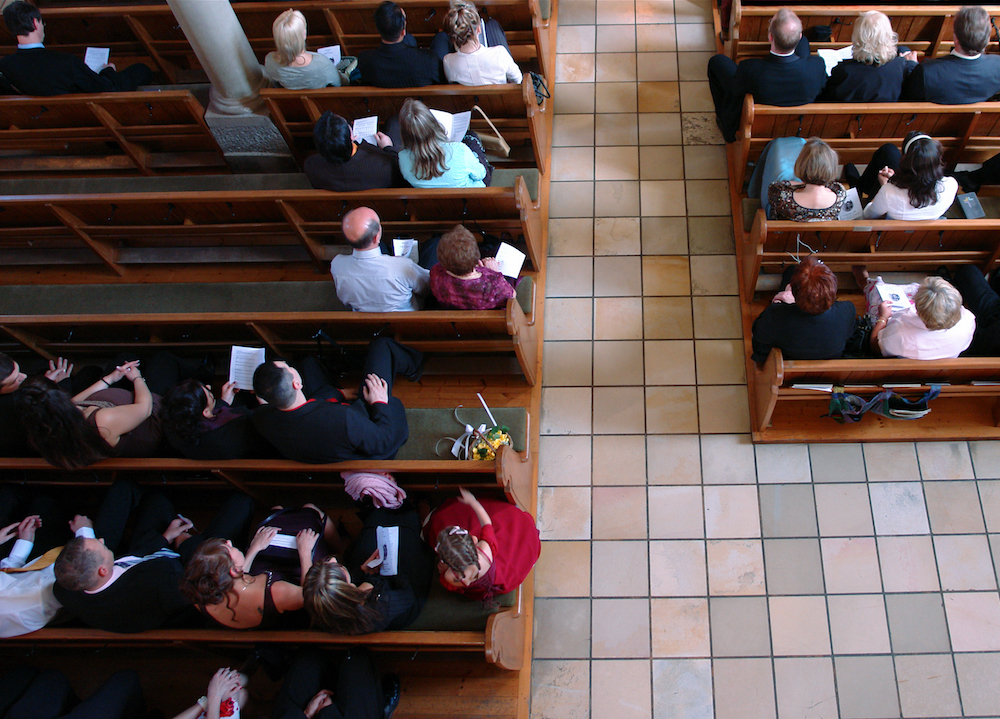
A ministry resource center at a seminary based in Washington, D.C., has listed seven trends that it believes will impact church leadership in the new year.
In a report published last week, the Lewis Center for Church Leadership of Wesley Theological Seminary laid out seven trends that they expect to see influence church leadership.
The first, titled “Mainline malaise,” acknowledged the considerable decline among mainline Protestant denominations, stating that the “typical mainline congregation is facing the need to adjust its expectations and ministry models.”
“And mainline denominations face a need to realign their institutional infrastructure, including everything from judicatories and church agencies to theological education and parachurch organizations, to conform to current realities,” the Center report noted.
The second listed trend was “Stable finances,” as the researchers said that while there is decline among congregations, “a mounting body of evidence suggests the financial condition of most congregations remains surprisingly strong.”
The report cited research from the Lake Institute on Faith and Giving, which found that in 2023, the “median income” churches in the United States was “up nearly 42% from three years ago.”
Researchers with the Lewis Center speculated that the financial strength came from multiple factors, including a successful shift to online giving during the pandemic and the strong giving from older members.
The third trend was “Small is beautiful,” with the Center finding that while most Americans go to fairly large congregations, “small, nimble, highly personalized expressions of church seem to increasingly be the ‘green-growing edge’ of growth and development.”
“Fresh Expressions, micro churches, house churches, and small online communities have an undeniable appeal in this time when so many are distrustful of institutions,” stated the report.
“Many traditional churches focus the energy of their participants on sustaining the church’s institutional structures. But smaller communities can place more attention on nurturing relationships and individual spiritual growth.”
The fourth trend listed was “Expanding roles for lay leaders,” with the Center stating that many congregations are increasingly relying on laity for leadership, for reasons including being unable to afford to support a full-time ordained pastor.
“In some sectors of the church, there are more laypersons serving as pastors,” the report added. “In 2019, for example, 12 percent of United Methodist churches were served by a lay pastor who is neither enrolled in nor a graduate of an accredited seminary in a degree or non-degree bearing program.”
The fifth trend focused on the “rise” of “a de-churched generation,” with attention given to the much-documented rise of religiously unaffiliated Americans, and their offspring.
“It is often said that the Christian faith is always just one generation away from extinction. The children of today’s Nones, unlike their parents, are being raised with little to no connection to church,” stated the report.
“Reaching this growing cohort of dechurched young people, a generation removed from the practice of the faith with few religious memories, will require an entirely new evangelistic playbook.”
The sixth trend of the report focused on Sunday School and the belief among researchers that the classic model of Christian education might have “run its course” in the age of the internet.
“In our internet age, both children and adults are accustomed to more interactive and engaging ways of learning. Many churches no longer have the critical mass of young families required to support a range of grade- or age-level classrooms,” the researchers continued.
“Sunday school superintendents and directors of Christian education are scrambling to figure out how to engage families, experimenting with classes that are held less frequently or at alternate times, developing more intergenerational and service-related activities, and equipping and motivating parents for faith education at home.”
Finally, the report said the “need for new models of faith formation” is its seventh trend, noting that there is a challenge to the longstanding belief that “those in the pews on Sunday will be formed in faith through the elements of worship, particularly preaching.”
“This ‘faith formation by osmosis’ approach has probably always been hit or miss,” the researchers explained. “But its limitations are even more glaring in this time when church attendance is more sporadic, and many churches report that even their most faithful attendees are often in church only one or two Sundays a month.”
One possible new way to help faith formation, according to the report, was the Messy Church movement, which began in 2004 at an Anglican congregation in the United Kingdom.
Messy Church involves bringing together a congregation to do an assortment of things geared toward both adults and children, and usually outside of a traditional church environment.
“Messy Church enables people of all ages to belong to Christ together through their local church. It is a way of being church which is particularly suited to families, but welcoming to all,” noted Messy Church USA.
“It meets at a time and on a day that suits local families and is particularly welcoming to people who have never belonged to a church before.”
On New Year’s Eve, Thom S. Rainer, founder and CEO of ministry resource group Church Answers, listed what he called “9 dangerous fault lines for churches in 2024.”
These included ignoring pressing issues, having too much complexity and “busyness” in its schedule, being obsessed with finding the “perfect” pastor, lacking a “true evangelism initiative,” outdated staff hiring practices, “doctrinal deviation,” failing to deal with toxic members, delaying maintenance and facility repairs, and a “lack of priority of groups.”
“One clear trend we see today is that healthier churches tend to focus more on groups: small groups, Sunday school classes, community groups, life groups, etc. Those who participate in groups tend to give more, attend worship more frequently, be more involved in ministries, and serve with joy,” wrote Rainer.
“Any or all of these nine fault lines could become earthquakes that produce tsunamis in 2024. I pray that you will deal with the fault lines in your church before it becomes too late.”
Free Religious Freedom Updates
Join thousands of others to get the FREEDOM POST newsletter for free, sent twice a week from The Christian Post.







